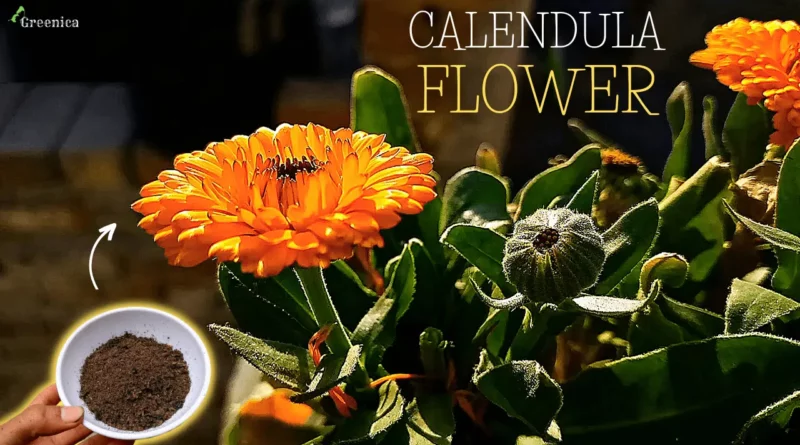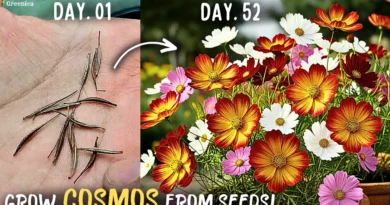A Comprehensive Guide on Calendula Flower Plant Care! – Greenica.
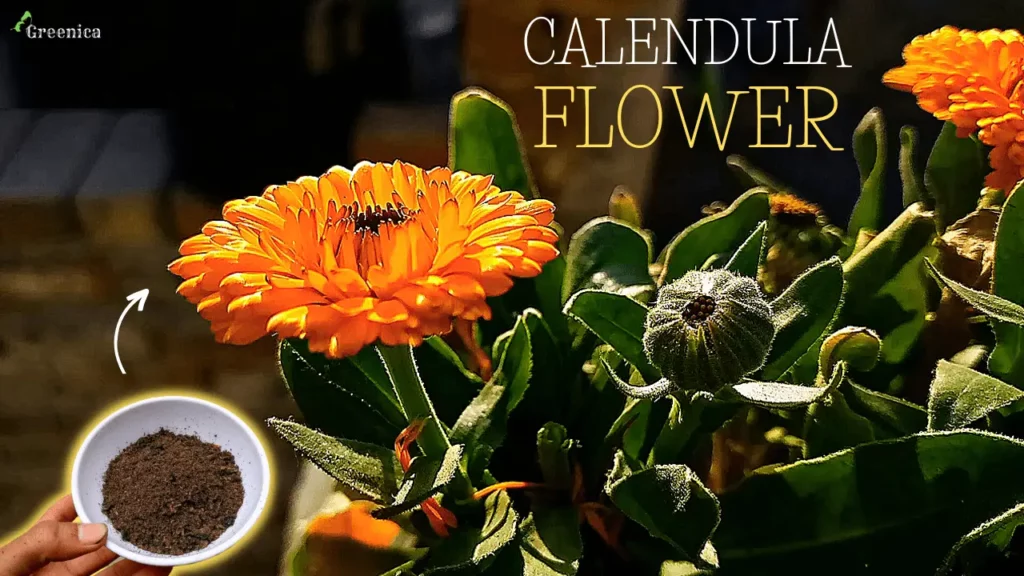
In This Post, We Will Discuss All about Calendula Flower Plant Care. Its Sunlight Requirements, Watering, Soil Quality, Fertilization & So On.
Calendula Plant Growing Season:-
The Most Important Thing In Calendula Flower Plant Care Is Its Seasoning. If You Are Growing These Flowers In Their Season, They Will Definitely Grow Really Well.
In The Off Season, Plant Goes Under a Stressed Condition & Produce No Blooms. You Can Grow Calendula Plant In The Starting Winter Days, Either From Their Seeds Or By Buying Their Mature Plants Or Seedlings From The Nursery.

They Keeps Up Their Growth In Whole Winter Days & Bloom Until Late Spring Days. You Can Also Grow Them as a Permanent Flowering Plant, If The Temperature Stays Moderate & Cool In Your Area.
In The Tropical Regions They Are Grown As Annual Flowering Plants & Have Around 6 to 8 Months Of Life Cycle. So Its Always Important To Grow Any Plant in Their Season.
How To Water Calendula Flower Plant?
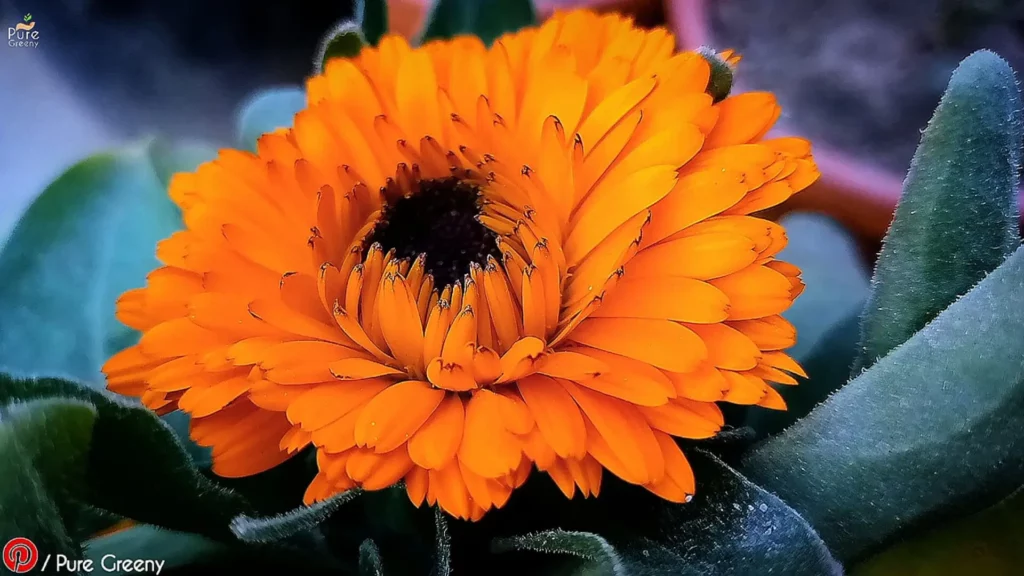
The Another Important Thing To Maintain a Blooming Calendula Flower Plant, Is Its Watering. A Correct Way of Watering Is Very Important To Grow Any Type of Plant. They Require A Moist Soil For Their Healthier Growth.
Regular & Frequent Watering Is Very Helpful, But Remember Your Soil Mix Should Be Well Draining. Otherwise The Extra Moisture In The Soil Can Cause Yellow Leaves.
As A Beginner, Sometimes It Becomes Very Difficult To Maintain a Good Moisture Condition Inside Your Mixture. That’s Why Here a Good Soil Mix Plays a Very Big Role.
What Type Of Soil Is Good For Calendula Flower Plants?
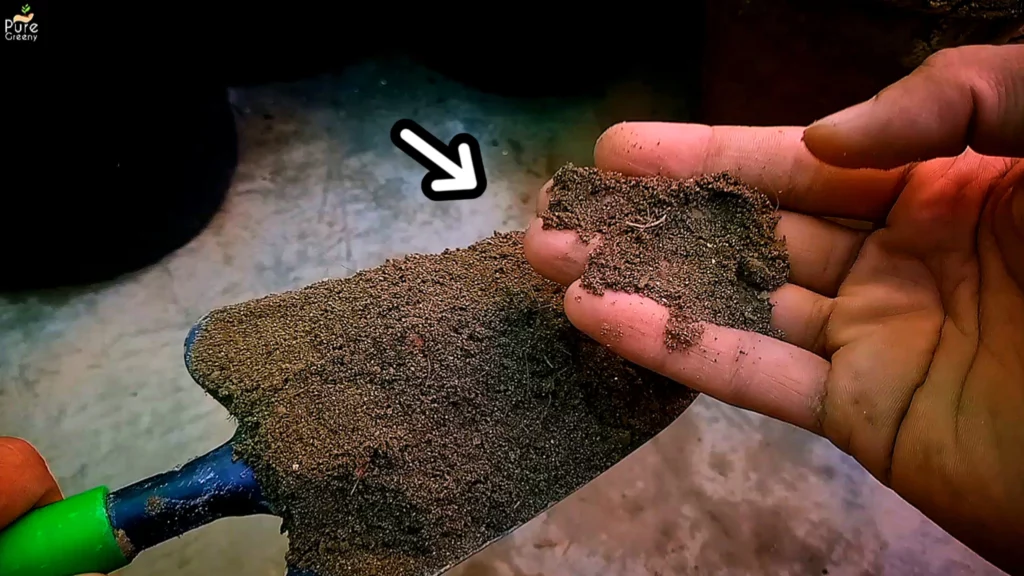
Your Soil Mix should Be Draining time To Time, For That You Should Add Some Sand Or Perelite In Your Regular Mix To Make It Loose & Well Draining. Otherwise a Ready To Use Soil Mix Is Also Added Here.
That Mixture Will Automatically Drains Extra Moisture For You & Hence There Will be No Chance For A Wet Water Blocked Soil mix. OR Check Out a Complete Guide On Making a Well Draining Soil Mix, By Yourself Linked Here.
How Much Sun Is Good For Calendula Plant?

A Good Amount Of Sunlight Also Helps Very Much To Keep The Plant Healthy & Strong. A Calendula Plant Placed In Sunny Area Can Produce A Lot More Buds & Flowers Than a Light Deficient Plant.
You Can Place Your Calendula Plant Pot In a Sunny Spot With Minimum 4 to 6 Hours of Direct Sunlight. If You Place These Plants In a Shade, The Leaves Will Grow But The Buds & Flowers Comes Up Very Rarely.
Keeps Removing Dead & Dried Flowers:-

The Another Important Thing For Constantly Getting Buds & Flowers Over Your Calendula Plants, Is Its Proper Dead Heading. As It is a Seasonal Plant & Has To Make Seeds For Its Next Season, If You Leave The Dried Flowers On the Plant, The Seeds formation Will Start.
& Gradually The Calendula Plant Stops Growing & Blooming. So The Solution Is Simple, You Just Have To Remove The Dried Flowers Timely. This Thing Enforces The Plant To Push More & More Buds over The Plant.
Fertilization Guide:-

Proper way Of Fertilization Is Also Very Important To Grow Calendula Plants. They Require very Less Fertilization, But Still You Should Fertilize Them at least every 20 Days. This Helps In Better Roots Growth & Big Size Flowers Grow As Well.
Deficiency Of Nutrients Appears in The Form Of Yellow & Patchy Leaves On Calendula Plants. So The Solution is To Fertilize Them Very Moderately, Not too Less & Not Too Much. For The Fertilizer, You Can Use Cow Dung Compost At The Start For Faster Growth Of The Plant.
But For The Blooming, You Should Use a Bloom Booster Fertilizer, With A Variety Of Nutrients In It, a Similar One Is also Added Here, You Can Check That Too. Otherwise a Handful of Compost Works Well.
Pests & Diseases:-
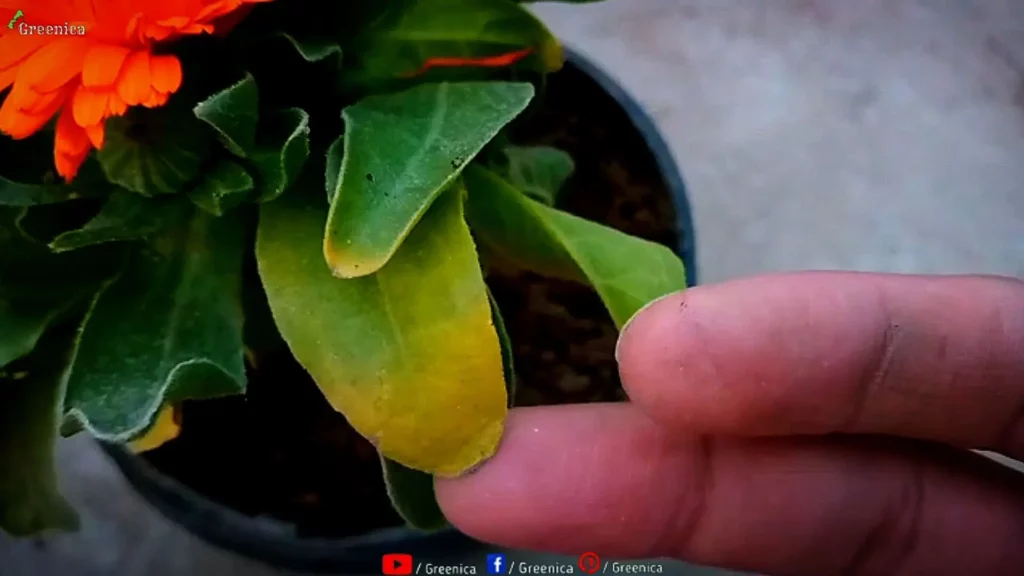
Calendula Flower Plants Have not Many Diseases & Pest enemies. If Your Follow Up on The Previously Described Points, The Chances Of Pests & Diseases Will Be Very Low. Still Yellow Leaves Are Common, They Can be Due To Nitrogen & Magnesium Deficiency, & For That You Can Use Cow dung Compost, that Have Nitrogen As Well As Variety Of Other Nutrients As Well. A Complete Guide On Cow Dung Benefits & uses Is added Here, Must Check it Out.
